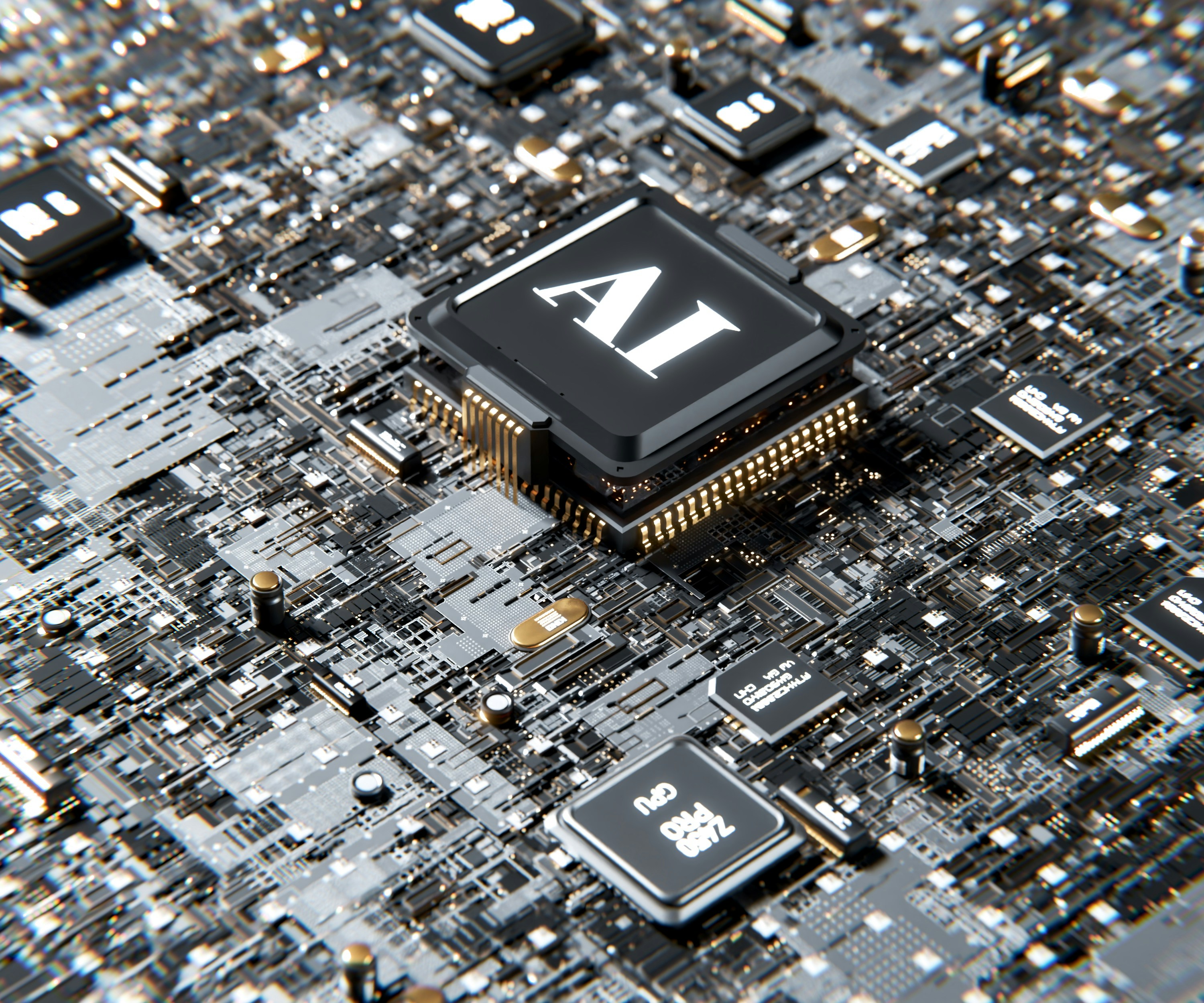Digital Twins: Bridging the Gap Between the Physical and Virtual Worlds

Digital Twins: Bridging the Gap Between the Physical and Virtual Worlds
Introduction
Digital twins are virtual replicas of physical assets, processes, or systems that enable real-time monitoring, simulation, and analysis. This technology is revolutionizing industries by providing insights that enhance decision-making, efficiency, and innovation.
What Is a Digital Twin?
A digital twin integrates data from sensors on the physical object with advanced analytics and machine learning models to create a dynamic virtual representation. This allows stakeholders to:
- Visualize performance and conditions
- Predict future behavior
- Optimize operations
Applications Across Industries
- Manufacturing: Monitoring production lines, predicting machine failures, and optimizing maintenance schedules.
- Energy: Managing grids and renewable energy sources more effectively.
- Healthcare: Creating patient-specific models to tailor treatments.
- Smart Cities: Managing infrastructure, traffic flow, and resource consumption.
Benefits of Digital Twins
- Reduced downtime and maintenance costs
- Improved product design through simulation
- Enhanced operational efficiency
- Greater agility in responding to issues
Challenges
- Data integration from disparate sources
- Ensuring data accuracy and security
- High costs of deployment and maintenance
- Need for skilled personnel
Future Outlook
With advancements in IoT, AI, and 5G, digital twins will become more sophisticated and widespread, playing a pivotal role in the emerging Industry 5.0 paradigm that emphasizes human-machine collaboration.
Conclusion
Digital twins bridge the physical and digital worlds, offering unprecedented capabilities for understanding and optimizing complex systems, driving innovation across sectors.




